
Kholat, by IMGN.PRO, comes to Nintendo Switch after being released on Play Station 4 and PC in 2015. It’s a terror and survival indie with everything to be a passionate game, but the negative points took away the charm to this experience.
Kholat’s story is based on true events, the well-known Dyatlov Pass Incident in 1959, when a group of Russian students died on an expedition to the mountain Kholat Syakhl. Several theories tried to explain what happened. With such an exciting premise, you would expect an immediate narrative immersion and a beautiful game. I was amazed in the first few minutes of the game, but Kholat ended up falling short of expectations.
In comic-style art, the introduction brings us up to date with what happened to the students; it gives us the same information as the Wikipedia page about the incident. Right after that, we are thrown into the first act without knowing who our character is or who the students are, and this barely changes during the journey. The story is divided into three acts, with the bulk of the game taking place in the second.
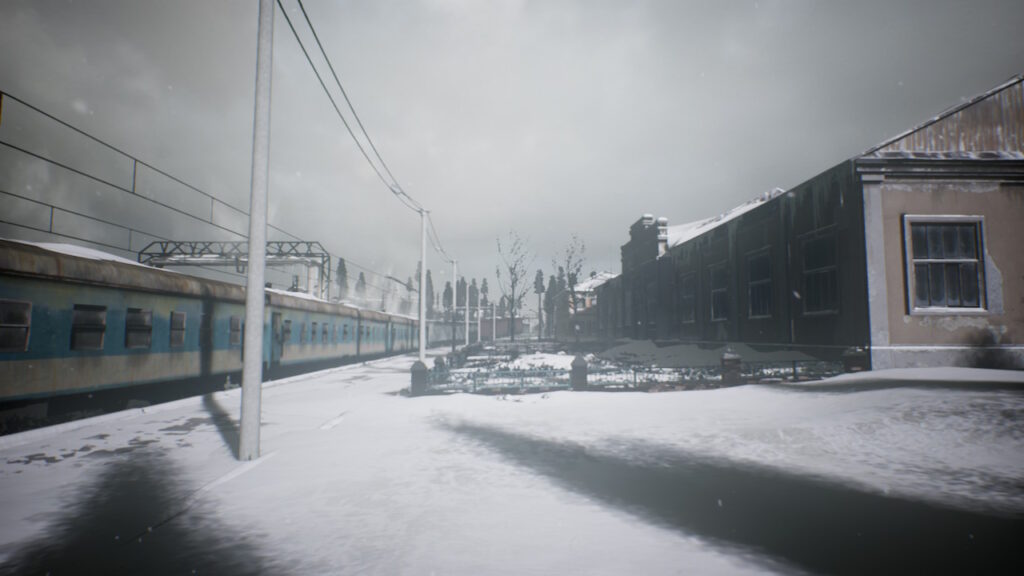
The goal is not immediately clear, but it’s along seeking to understand the bizarre events behind the incident by visiting several key locations. It has interesting aspects, like the realistic compass and map navigation, which does not show us our location. We must know, through cues and coordinates, where we are and where we have to go. It is based solely on our sense of guidance. The idea is good, except that most of the time, we have no idea where we are, nor are there any indicators. It ends up getting exhausting since the distribution of events throughout the game is not homogeneous. The story progresses when we arrive at one of these iconic places, and little or nothing happens in the remaining parts of the map, except for one or another jumpscare. This way, most of the action is slow-paced and takes place … walking around. Besides, the commands are simple but need improvement; for example, actions such as turning on the flashlight or checking the map are activated with a button. You can use only that specific button to disable them, not the common B button.
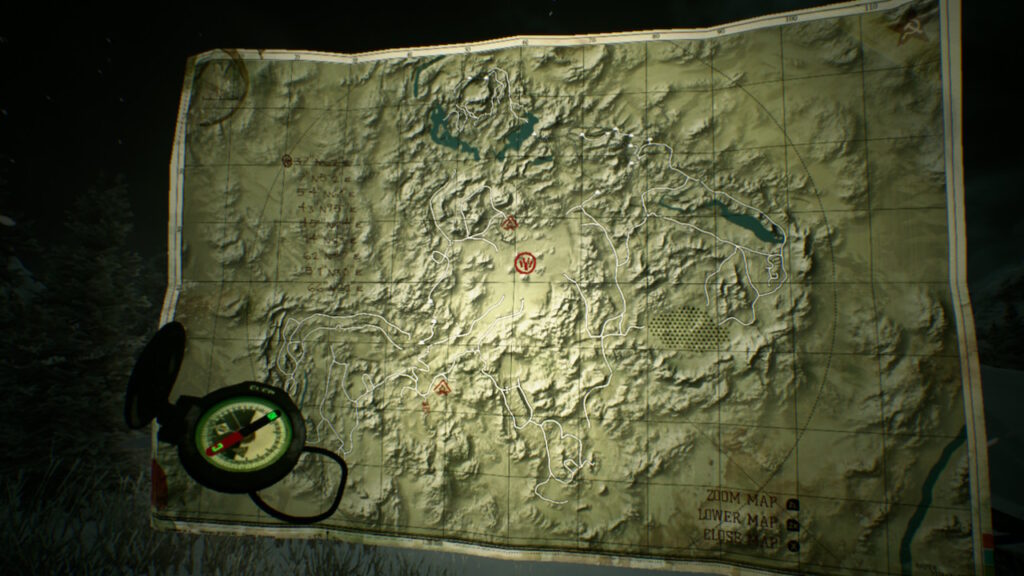
Visually, Kholat has gorgeous graphics, landscapes on the snow-covered mountain, or the black forest, which fosters the frightening atmosphere of the game, emphasized by the sound effects, which are crucial for developing the story.
Sean Bean’s iconic voice (Boromir in Lord of the Rings or Ned Stark in Game of Thrones) tells the story and is one of its assets. Another strong point is the music by Arkadiusz Reikowski, who also composed the soundtrack for other games like Layers of Fear and Blair Witch. I recommend using headphones, as I noticed that sometimes the music overpowered the effects. However, you can change the sound settings.
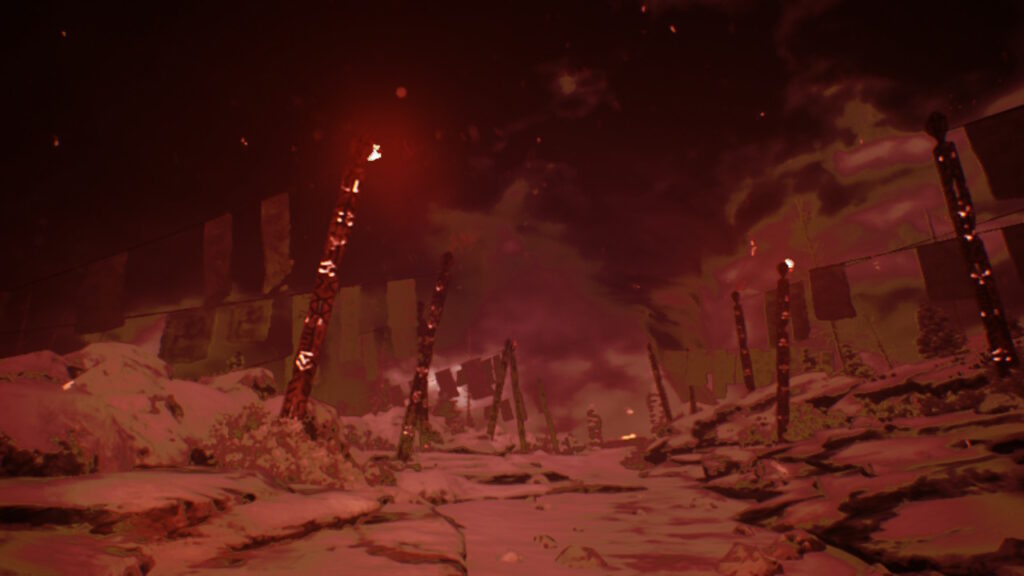
Mostly based on exploration, survival, and sensory stimulation, Kholat quickly becomes frustrating. It’s not that frustration of a game that’s hard and, after some trial and error, we overcome the obstacles. It’s that frustration of a player who feels cheated with the promises that the game makes initially and remained unfulfilled, as well as recurring technical issues.
On Nintendo Switch, performance issues are evident and unavoidable. In every few steps, the game freezes to load the scenery. This is in dock mode because, in handheld mode, the graphics are severely blurry (see image below), and objects load from a very short distance, especially when running.
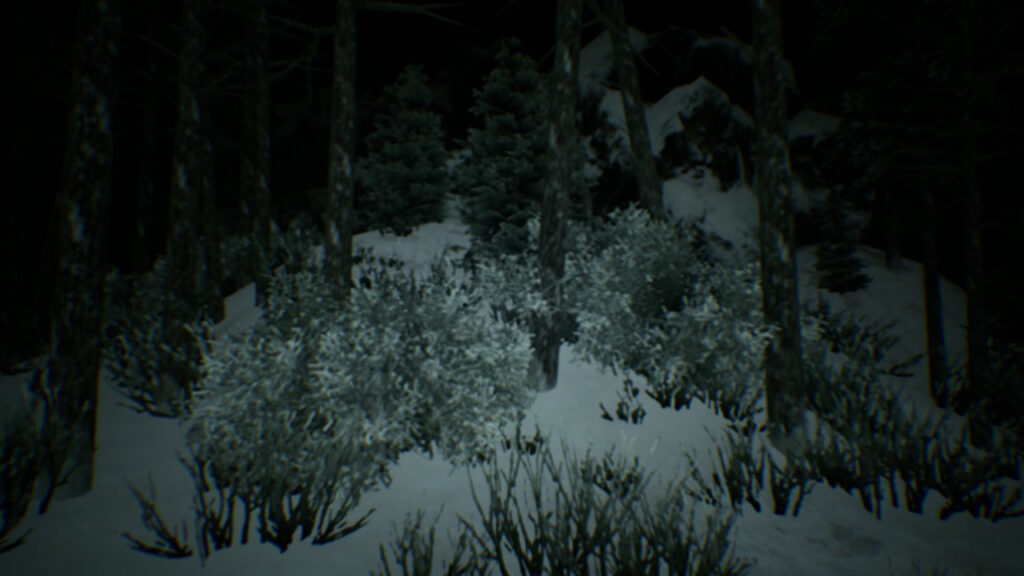
It has other negative visual aspects, such as the font being too small on those notes you have to collect. You can zoom in, but there is also almost always an audio narration of the note that you cannot stop without closing the menu, and that starts again when opened. In handheld, the font is even more tiring.
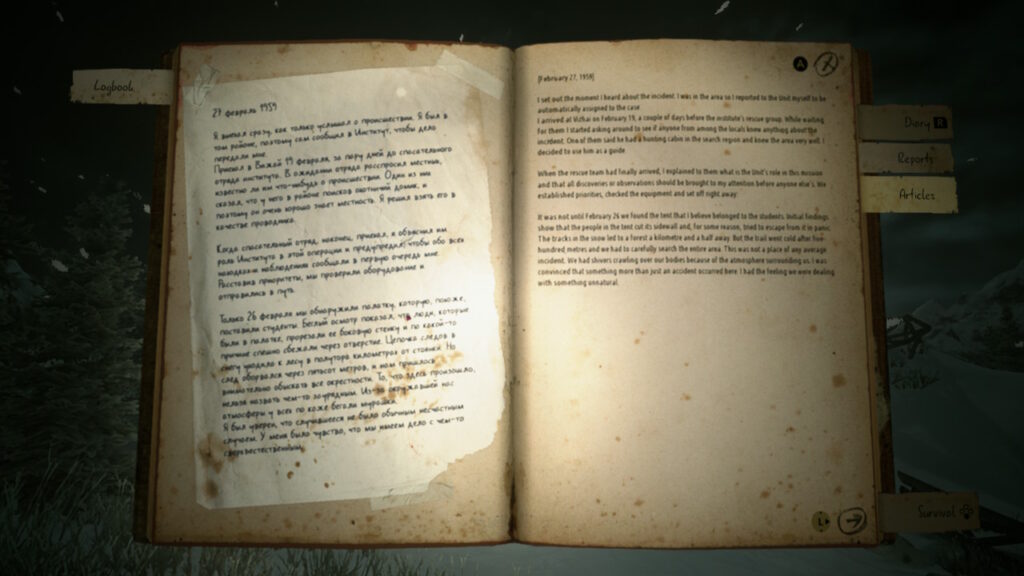
Kholat had all the ingredients to be an exceptional game. The topic was interesting, but it was not well explored, and there was also no strong link between the parts that compose it. It lasts from 5 to 10 hours, but if you exclude the parts you walk around, and nothing happens, it lasts less than 3h. The discrepancy between graphic and content quality is evident, aggravated by performance issues.

Join now for the latest news and exclusive tips!
Did you like this post? Join now for the latest news and exclusive tips!
Spelling error report
The following text will be sent to our editors: